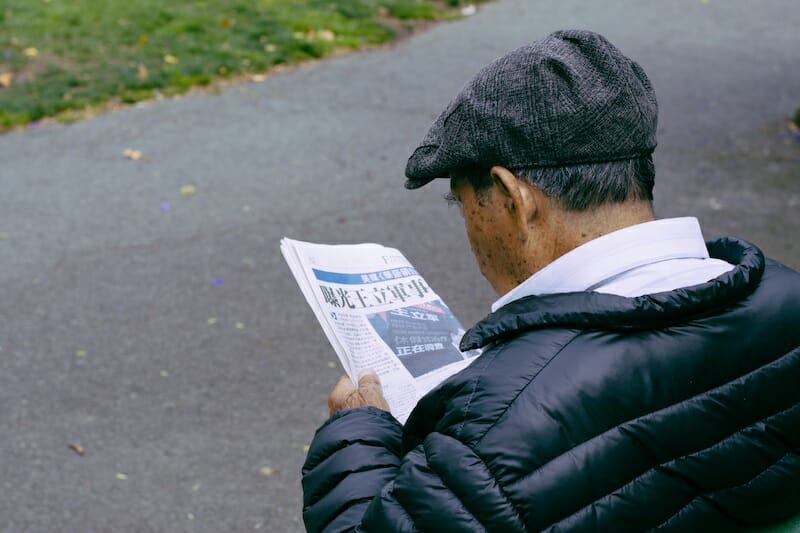News readers in foreign countries are more susceptible to fake American news than we are. (Photo/ Licensed under CC0.)
While the proliferation of fake news pieces on American social media has come under increased scrutiny following the divisive presidential election, the devaluing of fact checking is more serious outside of the United States.
Mere hours after the attack at Ohio State University on Monday, false coverage of the event circulated widely on major Chinese social media platforms, including WeChat and Weibo. One piece on WeChat falsely claimed that the attack had been coordinated and that two bombs had been defused in a business school building at OSU.
American readers, with access to many reputable sources can read this with raised eyebrows, but Chinese readers have fewer options. All legal “reputable” news institutions in the country are state-run or subject to severe censorship, leading most Chinese citizens to distrust what they see in the media. Instead, they place more faith in word of mouth from friends and family, further exacerbating the problem of misinformation in social media networks. Even the well-educated have trouble discerning reality without American contacts.
And these untruths don’t just apply to China—they diffuse to other countries and social groups through viral shares campaigns. As a result, negative incidents in the U.S. are often blown out of proportion overseas, promoting an international image that this country experiences severe terrorist attacks and suffers from extensive xenophobia and racism (especially after the election of Donald Trump).
Although options are limited in addressing this issue, social networks must accept responsibility as acting as news sources for their users and more heavily screen posts that claim to be fact. More importantly, both American and international readers must act more vigilant when reading or watching the news.








